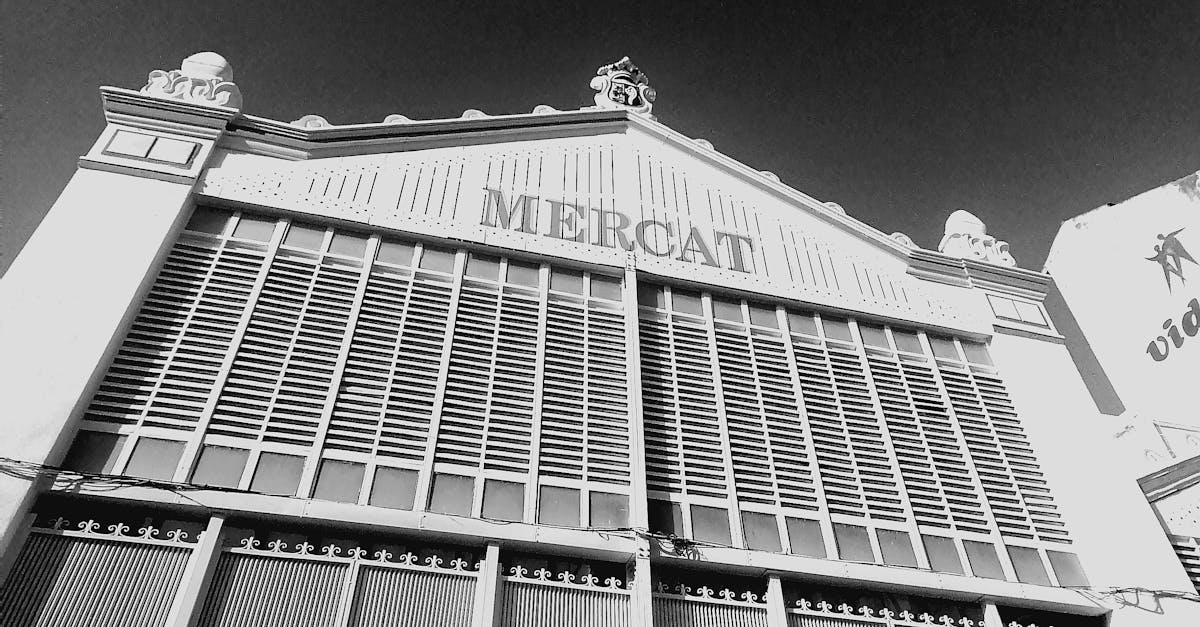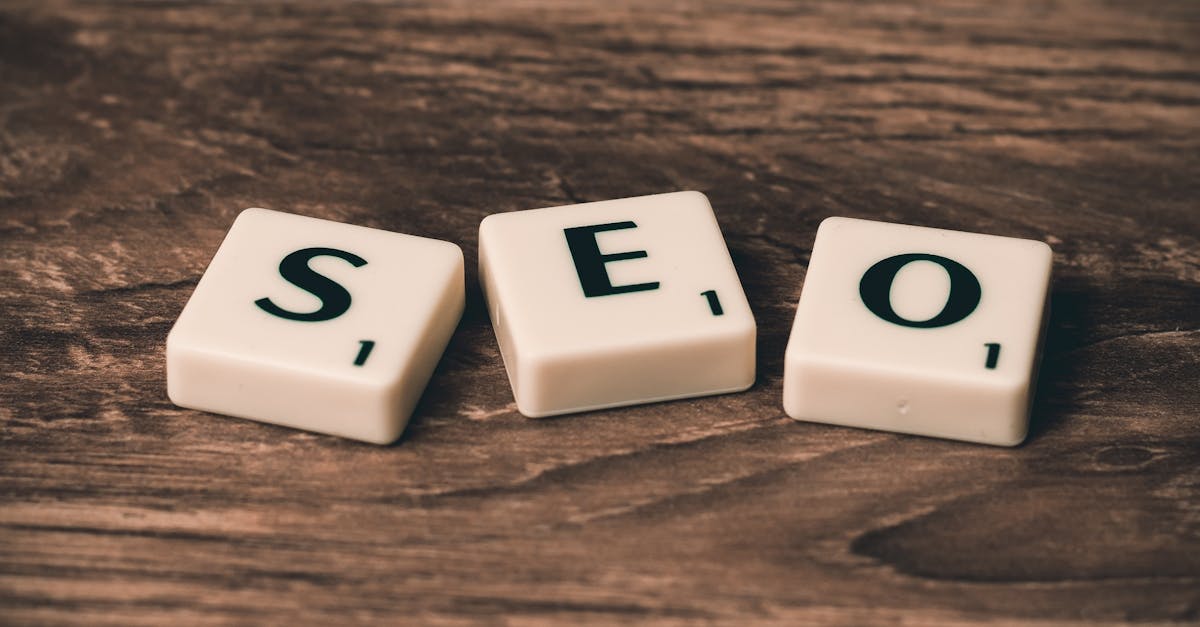
Table Of Contents
Setting CPC Goals
Setting clear Cost-Per-Click (CPC) goals is essential for any effective Pay-Per-Click (PPC) advertising strategy. Businesses should start by analysing their overall marketing objectives and determining how CPC fits into the broader picture. Understanding factors such as target return on investment (ROI) and customer lifetime value can provide valuable insights. By establishing realistic and measurable CPC targets, marketers can align their advertising efforts with business growth while ensuring budget efficiency.
It’s important to consider industry benchmarks when setting CPC goals. Different sectors have varying average CPC rates, influenced by competition and consumer behaviour. Researching these benchmarks can help advertisers make informed decisions about their own CPC targets. Furthermore, regular monitoring and adjustments based on performance can help maintain competitiveness and keep marketing efforts on track. This proactive approach will ultimately lead to improved campaign performance and maximised returns on advertising spend.
How to Define Effective CPC Targets
Defining effective CPC targets begins with a thorough understanding of your business goals and the value of your conversions. Evaluate the average revenue per user or the lifetime value of a customer. This information is crucial as it will guide you toward setting a target CPC that aligns with your profitability objectives. Consider factors such as your industry norms and typical CPC rates. Establishing these benchmarks will help you make informed decisions during your PPC advertising campaigns.
Another key aspect of setting CPC targets involves keyword research. Identify the keywords that are most relevant to your business and assess their competition. A higher bid may be necessary for more competitive keywords. By targeting long-tail keywords, you may benefit from lower CPC while still reaching a highly relevant audience. Combining these insights creates a foundation for setting realistic and attainable CPC targets that can drive the effectiveness of your Pay-Per-Click (PPC) advertising strategy.
Comparing CPC Across Different Platforms
Understanding the cost-per-click (CPC) variations across different platforms is critical for businesses engaged in Pay-Per-Click (PPC) Advertising. Each platform offers unique targeting options, audience demographics, and competition levels that influence CPC. For instance, Google Ads tends to have higher CPC due to its extensive reach and the competitive nature of keywords. In contrast, platforms such as Facebook or Instagram may present lower CPC values, primarily because they cater to specific audiences based on behaviours and interests, allowing advertisers to maximise their return on investment.
When comparing CPC across these platforms, it is essential to consider the overall campaign objectives. The effectiveness of CPC can also vary depending on the industry and target market. While a lower CPC may appear more attractive, it is crucial to analyze the quality of leads and conversion rates generated from each source. Advertisers must continuously monitor and adjust their strategies, ensuring they align with their goals while optimising the cost efficiency of their Pay-Per-Click (PPC) Advertising efforts.
Evaluating CPC in Google Ads vs. Social Media
When evaluating cost-per-click (CPC) in Google Ads versus social media platforms, it is essential to consider the unique characteristics of each channel. Google Ads operates on a robust search engine model, catering primarily to users who are actively searching for specific products or services. This intent-driven approach often results in higher CPC rates, reflecting the competition for keywords. Advertisers may find that while the upfront cost is greater, the potential for high conversion rates justifies the expense.
In contrast, social media platforms usually offer lower CPC due to their broader reach and less competitive bidding environments. Pay-Per-Click (PPC) Advertising on platforms like Facebook or Instagram allows for targeting based on user demographics, interests, and online behaviours. While the lower CPC can be appealing, it is crucial to analyse the overall effectiveness of campaigns. Engagement rates, audience interaction, and conversion outcomes should inform decisions, ensuring that the choice of platform aligns with marketing objectives.
Strategies to Lower CostPerClick
Lowering your Cost-Per-Click (CPC) is crucial for maximising the efficiency of your budget in Pay-Per-Click (PPC) advertising. One effective technique is to focus on improving your Quality Score. This score is determined by the relevance of your ads, keywords, and landing pages. Enhancing these elements can lead to a better ad position and potentially lower costs. Regularly testing ad copy and refining keywords based on performance metrics also contributes to optimising your CPC.
Another strategy involves tightening the targeting parameters for your campaigns. Defining a more specific audience can help ensure that your ads reach users more likely to convert. Utilising negative keywords can also prevent your ads from appearing in irrelevant searches, thereby reducing unnecessary clicks. Monitoring performance analytics frequently allows you to make informed adjustments, keeping your Pay-Per-Click (PPC) advertising budget under control while still attracting quality traffic.
Effective Techniques for Reducing CPC
Reducing Cost-Per-Click (CPC) in Pay-Per-Click (PPC) Advertising requires a strategic approach. One effective technique involves refining your keyword selection. Focus on long-tail keywords that are less competitive while still relevant to your audience. This not only lowers your CPC but can also lead to higher conversion rates, as these keywords tend to attract users with specific intents. Regularly reviewing and adjusting your keyword list based on performance data enhances your ad relevance and ultimately optimises spending.
Another method to reduce CPC is to improve your ad quality score. Google Ads evaluates this score based on the relevance of your ads, landing pages, and expected click-through rates. Ensuring that your ad copy aligns closely with the keywords you are targeting can significantly boost your quality score. A higher quality score results in lower CPC, as it indicates to Google that your ads are providing valuable content and a relevant experience for users. Continuous testing and optimisation of your ad elements will aid in achieving better performance and cost efficiency in your campaigns.
FAQS
What is cost-per-click (CPC)?
Cost-per-click (CPC) is a digital advertising pricing model where advertisers pay a fee each time their ad is clicked. It’s commonly used in search engine advertising and social media platforms to drive traffic to websites.
How do I set effective CPC goals for my campaigns?
To set effective CPC goals, first determine your overall advertising budget and desired return on investment (ROI). Assess historical performance data, competitor benchmarks, and define clear objectives for your campaigns to establish realistic CPC targets.
Can I compare CPC across different advertising platforms?
Yes, you can compare CPC across different platforms, but it’s important to consider the context of each platform. Factors like ad format, audience targeting, and competition can influence CPC rates. Evaluate performance metrics to gain a comprehensive understanding.
What strategies can I use to lower my cost-per-click?
To lower your CPC, consider optimising your ad quality, improving your targeting, and refining your bidding strategies. Techniques such as A/B testing ad copy, using negative keywords, and utilising audience insights can all help reduce costs effectively.
How does CPC in Google Ads differ from social media platforms?
CPC in Google Ads often reflects intent-driven searches, typically resulting in higher conversion rates, while social media CPC may vary widely based on engagement levels and audience targeting strategies. Each platform has its own unique factors affecting CPC, so it's essential to analyse them individually.

















































